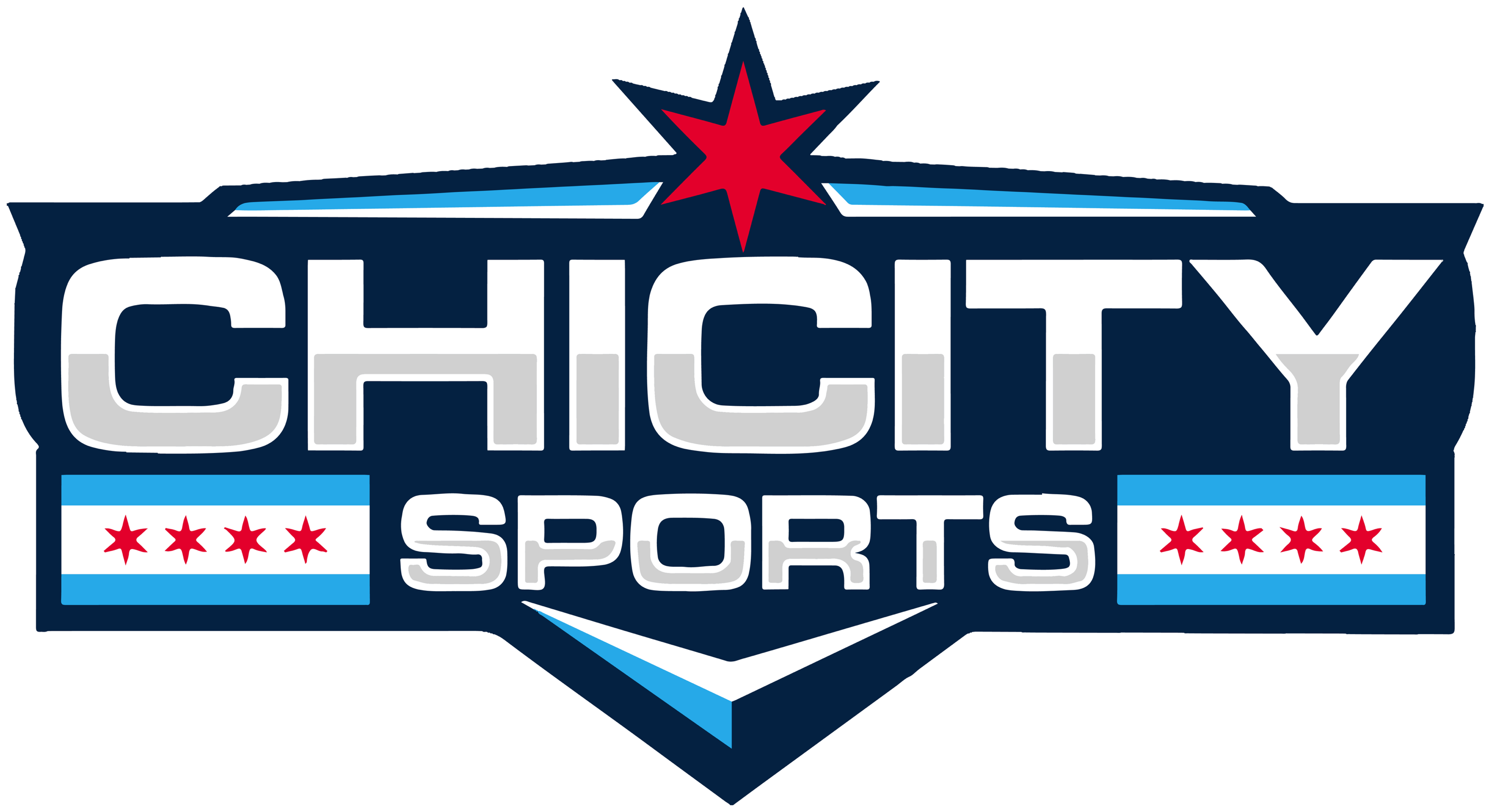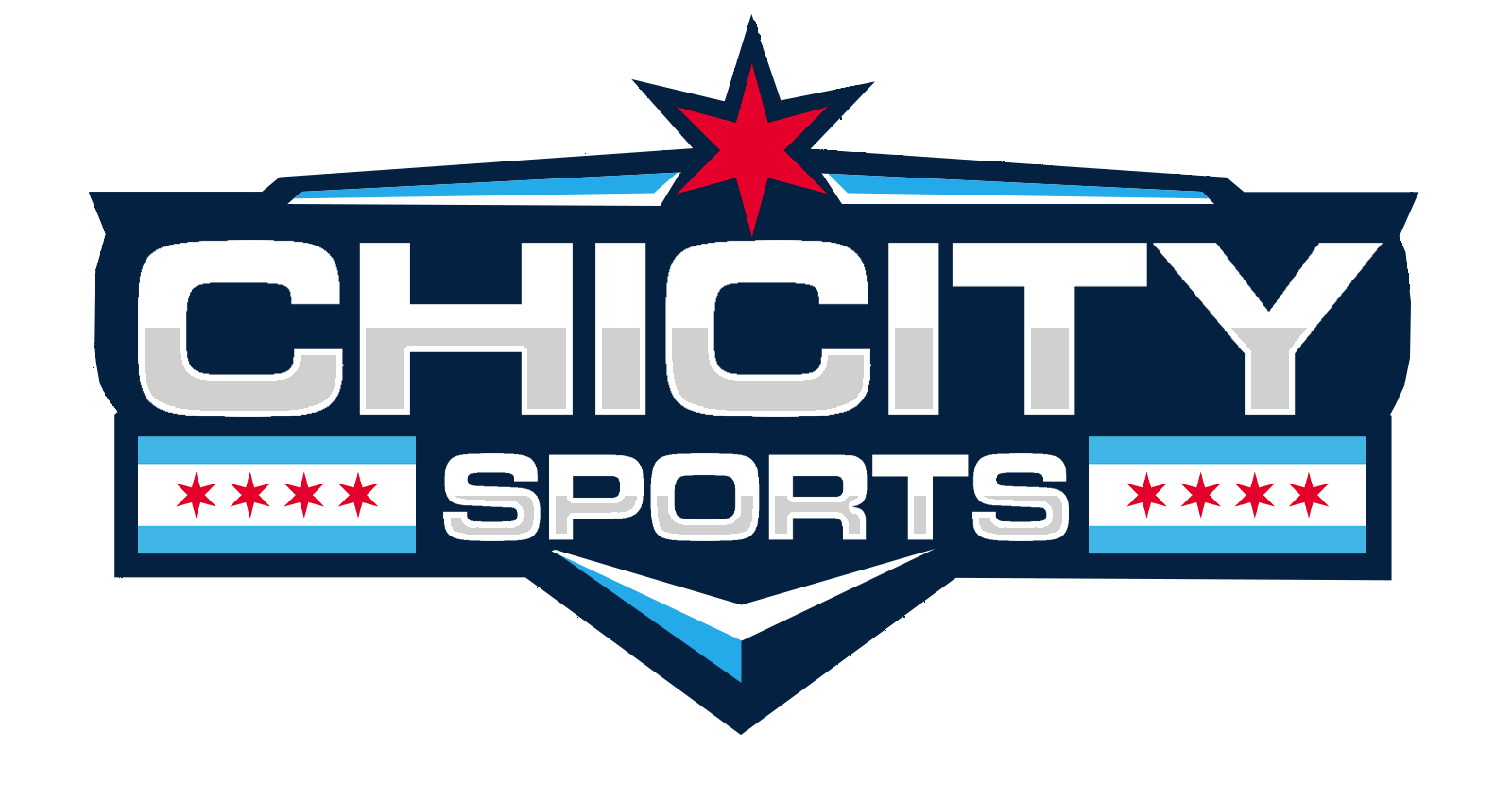It’s a rule of thumb that every athlete should have proper and well-balanced nutrition. Paradoxically, the Journal of the International Society of Sports Nutrition stated that healthy athletes also experience micronutrient deficiencies due to overtraining and excessive perspiration.
There are specific micronutrients that greatly influence maximal strength, musculoskeletal structure and function, muscle and cell recovery, and overall athletic performance. The following are the most common essential micronutrients among the physically fit crowd.
Calcium
Calcium is among the essential electrolytes for athletes. Depending on gender and age, the recommended daily consumption of calcium should be around 1000-1500 mg, which is taken from either dairy food or supplements.
Even so, in one survey, many male and female athletes aged 7-50 are still not consuming enough calcium. Calcium deficiency leads to muscle cramps, muscle spasms that affect skills like coordination and speed, slow muscular recovery, and microfractures.
Working out for more than seven hours a week is risky for female athletes. When women indulge in excessive training, a hormonal decline may happen that can comprise regular menstruation and bone formation. That’s why female athletes should pay attention to calcium intake.
Multivitamins
In the sports community, the supplementation of multivitamins for men and women is a must. For example, B vitamins are needed for energy production and tissue repair. Antioxidants like vitamins E and C are necessary to protect and prevent your body’s cells from damage, as well. Vitamin D is also needed for successful calcium absorption.
B-vitamin has roles in producing the energy needed for any movement. These include thiamin (B1), riboflavin (B2), niacin (B3), pantothenic acid (B5), pyridoxine (B6), folate (B9) or cobalamin (B12), These vitamins process protein and fat, as well as break down carbs into glucose for energy.
Folate and B12 have essential roles in DNA synthesis, muscle repair, and red blood cell production, as well. Therefore, endurance athletes have to keep a sufficient amount of these vitamins.
Studies show that vitamin D deficiency is associated with muscle and skeletal weakness. As an athlete, this musculoskeletal disorder is the last thing we should do. Vitamin D is crucial for a player’s general preparedness as it’s needed for calcium absorption that supports bone health, as well as inflammatory modulation, and optimization of muscle strength.
Despite the idea that vitamin D is essential in one’s musculoskeletal structure and function, still, there are many athletes who are vitamin D deficient. One research has shown that several athletes are low in vitamin D, which is the common cause of their bone fractures and the injury called sports hernia.
According to the Institute of Medicine (IOM), the recommended dietary allowance (RDA) of vitamin D for athletes aged 70 and below is 600 IU or 15 micrograms daily. Vitamin D can be consumed from fatty fish, beef liver, dairy products, and other foods that are fortified with the said vitamin.
Iron
Iron has a crucial role in oxygen utilization, which is necessary for every athletic performance. It transports oxygen in the blood to every single tissue in your body, aids in converting carbs into energy, and helps in producing new cells during muscle recovery and hormones for more muscle strength.
Your iron is lost through perspiration, urination, and menstruation, or through your skin and gastrointestinal (GI) tract. Most females tend to lose more iron because of blood loss caused by their monthly menstruation.
Also, athletes, especially those who are doing high intensity and endurance training, are susceptible to iron deficiency due to heavy sweating and blood loss in the gastrointestinal tract. With all that being said, female endurance athletes are at an even higher risk of iron deficiency.
Iron deficiency impairs athletic performance. You can’t use enough oxygen, properly produce energy, and maintain a stable heart rate once you don’t have enough iron. In simple terms, your breathing will become more stable once you have more iron in your veins. Thus, be sure to get enough iron. The daily recommended iron consumption is between 14.8-18 mg.
Potassium
Potassium is an electrolyte that plays a significant role in one’s hydration, muscle contraction, and regulation of pressure and heart rate. What’s more, it’s needed to support heart function, bone health, and muscle building. Also, research shows that it encourages fluid retention. Hence, this micronutrient will give you enough energy to chase down any opposing players.
If you run out of potassium, you’ll likely run out of energy and end up feeling extremely tired. Not only that, being unable to replace potassium lost during the training can cause adverse effects, including heart palpitations, fatigue, nausea, constipation, muscle cramps, muscular pains, or even spasms.
Excessive sweating is one of the leading causes of low-potassium, apart from frequent urination. Most of your potassium will be released during perspiration, especially when you’re training in places with hot or humid weather conditions.
Most adults should have a daily intake of 4.7g potassium or more, depending on your training as well as your dietitian. If you’re an athlete, you should be taking potassium-rich foods daily. You can get potassium from potatoes, banana, milk or yogurt, melon, avocado, coconut water, spinach, and broccoli.
Sodium
Like potassium, sodium is also one of the crucial electrolytes in our body. It stimulates our thirst mechanism and improves the rate of water and carbohydrate absorption in the small intestines. This process will delay muscle fatigue, retain fluid level, decrease urine output, and help rehydration. In brief, sodium improves short-term, high-intensity sports performances.
Underconsumptiom of sodium will lead to heat illness, muscle cramping, risks of hyponatremia or the low sodium concentration in the blood, and incapability to rehydrate or restore electrolyte balance after working out. On the one hand, overconsumption of sodium will cause high blood pressure, which can lead to stroke and heart diseases.
Studies show that the recommended sodium intake for physically active individuals is around 450 mg or more/hour of exercise, which can be typically taken from any beverages with a well-balanced carbohydrate-electrolyte amount.
For More Great Chicago Sports Content
Get the latest Chicago sports news, analysis, and breaking stories on the Bears, Bulls, Blackhawks, Cubs, White Sox, Sky, and more! Tap the star to add us to your favorites on Google News, so you never miss a story on your favorite Chicago teams.
Follow us on Twitter at @chicitysports23 for more great content. We appreciate you taking time to read our articles. To interact more with our community and keep up to date on the latest in Chicago sports news, JOIN OUR FREE FACEBOOK GROUP by CLICKING HERE




